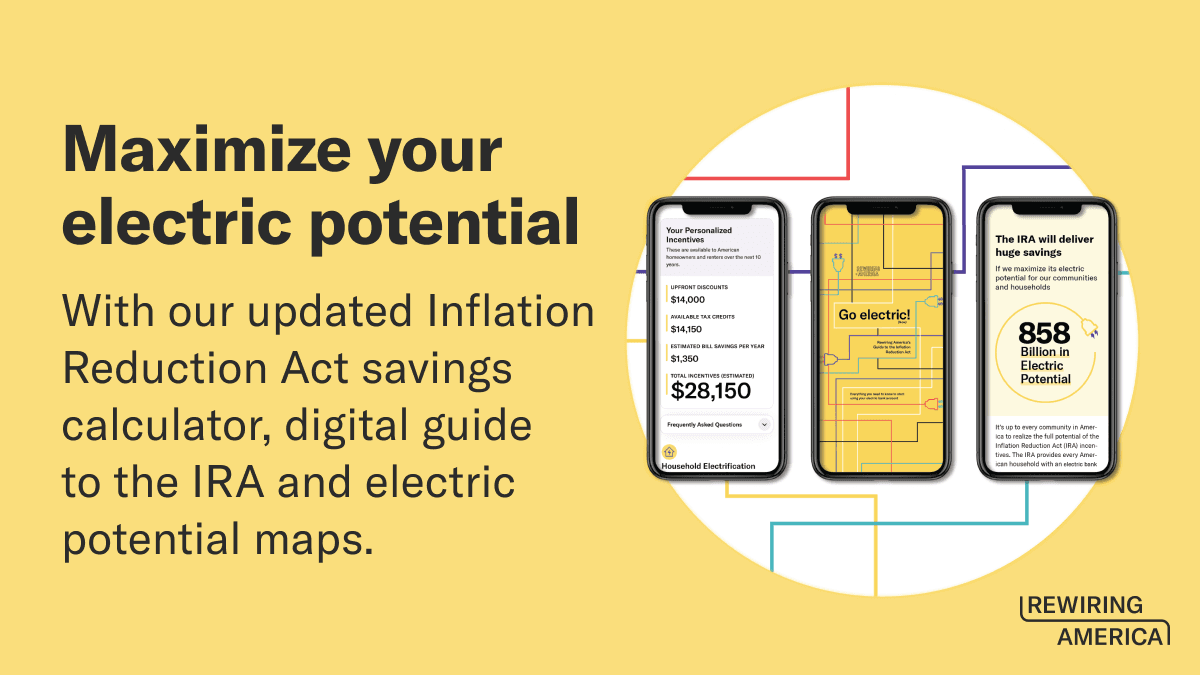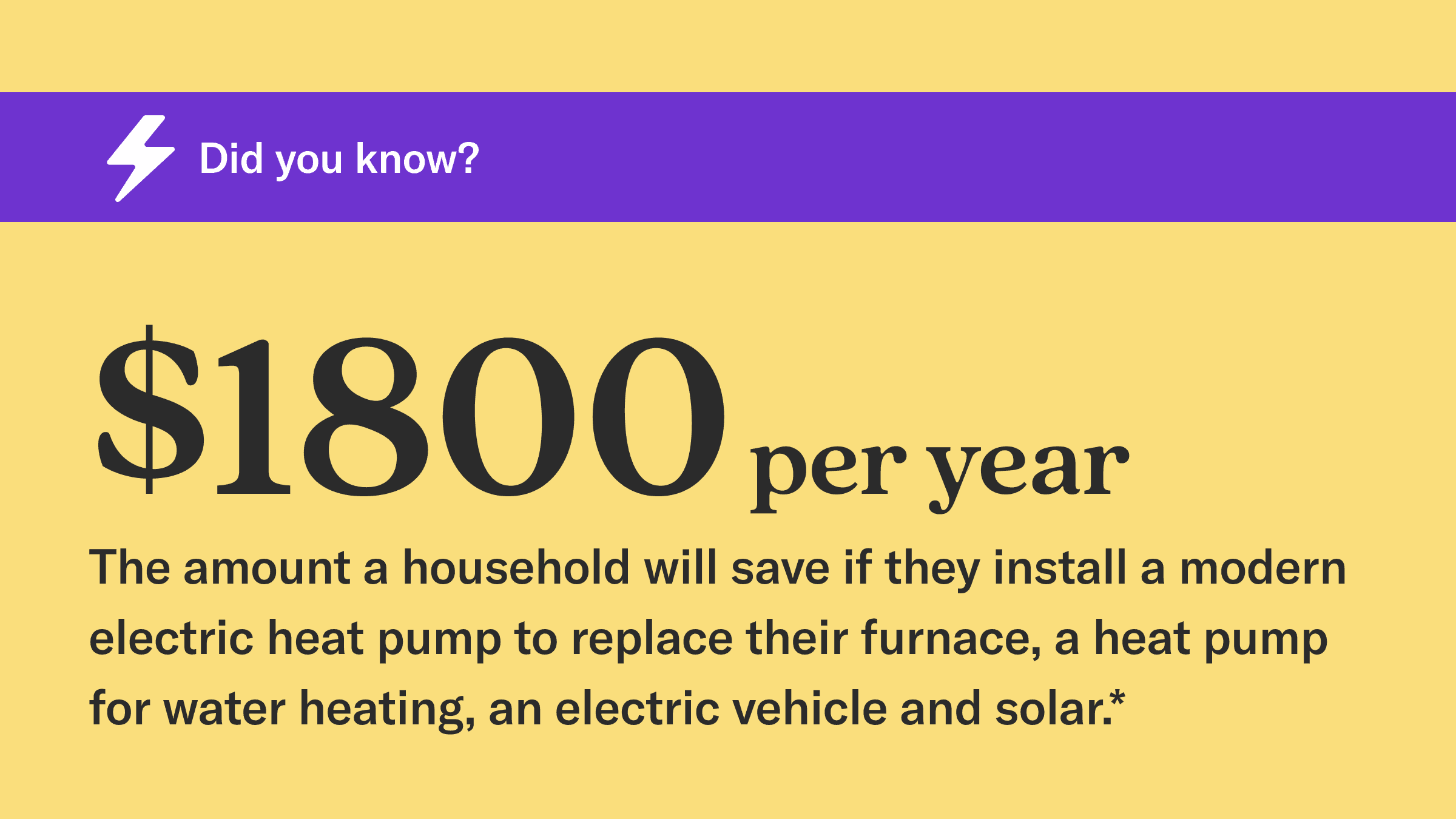By Jamal Lewis, Rachael Grace, Noah Goldmann, Ari Matusiak and Leah Stokes
The Inflation Reduction Act of 2022 (IRA) will invest over $61 billion in critical energy, climate and electrification measures in disadvantaged communities. These investments will be transformative, especially when directed to communities dealing with the devastating impacts of past and current fossil fuel extraction and pollution. In this brief, we unpack the extensive provisions in the bill and what they mean for disadvantaged communities.
$61 billion for disadvantaged communities
Disadvantaged communities across the United States face unaffordable energy and housing costs, disproportionately higher energy burdens, exposure to poor indoor and outdoor air quality, and the worst impacts of our changing climate. Each of these problems on its own poses a danger to the livelihood of millions of households. Together, they exacerbate one another, creating a vicious cycle of vulnerability and risk.
These conditions arise due to the lack of investment in disadvantaged communities, as well as our country’s dependence on oil and gas. But there is a better future ahead of us: one where all communities can enjoy the benefits of renewable energy and electric appliances, free from fossil fuels.
To get there, we need to target resources to the communities that need them most. The Inflation Reduction Act of 2022 (IRA) does just that, investing over $60 billion in critical clean energy, climate, and electrification measures that support disadvantaged communities. Unfortunately, there are other, problematic provisions in the bill that may lead to additional fossil fuel production, including in disadvantaged communities. That said, the bill contains investments that will be transformative for communities that might be impacted by these provisions, as well as communities dealing with the devastating impacts of past and current fossil fuel production.
This brief outlines the various provisions designated for disadvantaged communities, which include rural communities, Black and Brown communities, low-income communities, native and Tribal communities and legacy energy communities. For electrification specifically, the IRA provides at least $57 billion to enable disadvantaged communities to electrify their homes and neighborhoods. These efforts will spur the creation of hundreds of thousands of good-paying jobs across every zip code in America, while also directly supporting workforce development. By giving all Americans the option of electrifying to power their cars and homes, heat their air and water, cook their food, and dry their clothes, the IRA stands to deliver important economic and health benefits to families and communities.
A household with an efficient electric heat pump for space heating and cooling, a heat pump water heater, one electric vehicle, and solar panels would save $1,800 a year today. These savings will be reflected in lower monthly energy bills, reduced bill volatility, and a lessening of disproportionately high energy burdens within disadvantaged communities. Importantly, these savings add up — so much so that if a household invests their energy bill savings from electrifying their home appliances, these savings will grow to over $30,000 after 10 years and $140,000 after 25 years.
Clean, efficient electric appliances will also eliminate exposure to harmful pollutants and carcinogens from fossil fuel appliances, thereby improving indoor air quality and reducing asthma symptoms by 42 percent. These benefits are critical for disadvantaged communities that have had to confront the bundled burdens of undue exposure to environmental hazards.
In the full PDF, you can find details on:
Non-tax provisions that invest in disadvantaged communities
Tax provisions that invest in disadvantaged communities
Tax provisions that offer a just transition for former fossil fuel workers



